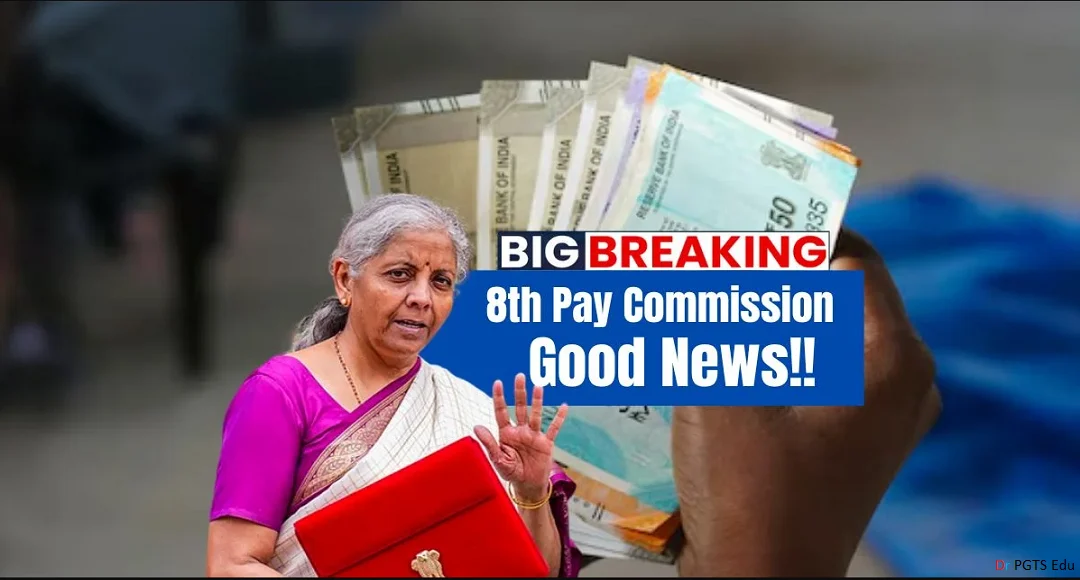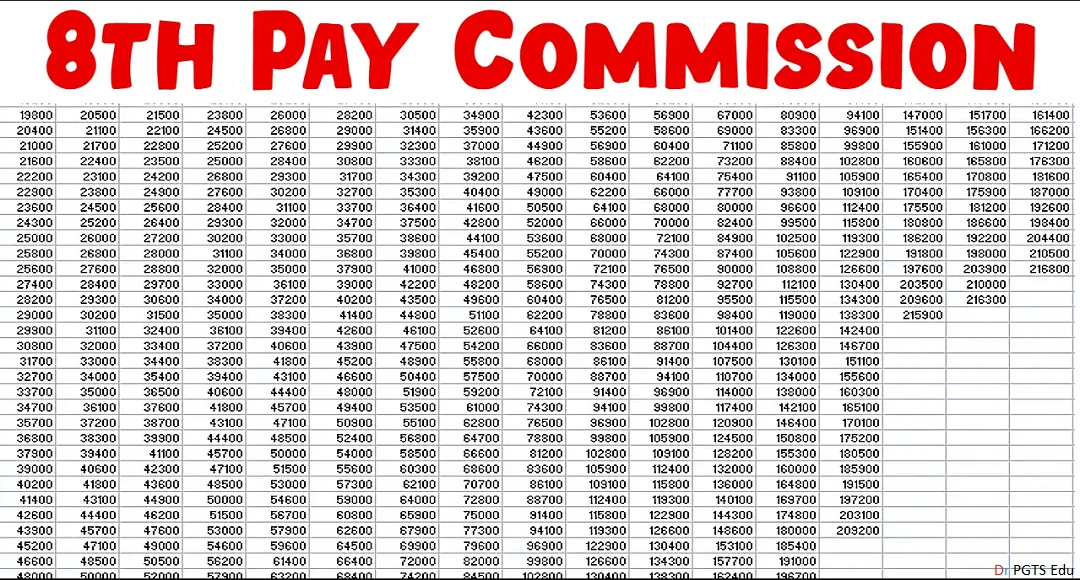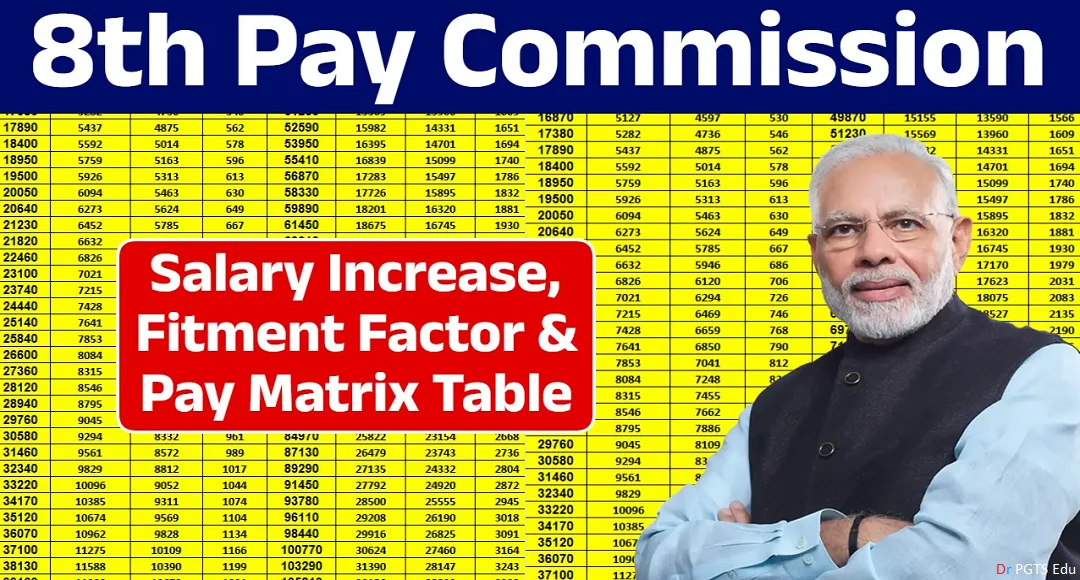The 8th Pay Commission is already generating buzz among Central Government employees, with leaks hinting at a major salary boost, improved retirement benefits, and a revised pay matrix. Although the official launch is still some time away, early reports provide insight into what could be a significant shift in India’s public sector compensation structure. Here’s everything you need to know about the upcoming 8th Pay Commission—from its history to what changes it might bring.
A Brief History of Pay Commissions in India
The concept of Pay Commissions in India dates back to 1947. These commissions are established periodically to review and recommend changes in the salary structure of central government employees, ensuring that their wages remain aligned with inflation, cost of living, and the overall economic situation.
| Pay Commission | Year of Implementation | Major Highlights |
|---|---|---|
| 1st | 1947 | Basic structure of govt pay introduced |
| 4th | 1986 | Major overhaul in salary structure |
| 6th | 2006 | Introduction of Pay Bands & Grade Pay |
| 7th | 2016 | Abolishment of Grade Pay; introduction of Pay Matrix |
| 8th (Expected) | 2026 (TBD) | Revised matrix, DA hike, better retirement perks |
What is the 8th Pay Commission?

The 8th Central Pay Commission is expected to come into effect by January 1, 2026, though the government has yet to announce an official notification. It will likely cover over 50 lakh central government employees and 65 lakh pensioners, including railway, armed forces, and civil services personnel.
Its core purpose will be to assess current pay scales, inflation rates, and the evolving demands of government jobs, then recommend revisions in basic pay, Dearness Allowance (DA), House Rent Allowance (HRA), and pension benefits.
Leaked Highlights: What’s Changing?
1. New Pay Matrix Structure
Leaked reports suggest that the 8th Pay Commission might bring in a more flexible and inflation-indexed pay matrix. The matrix is likely to be designed in such a way that employees receive automatic salary adjustments based on rising inflation, removing the need for periodic DA increases.
Expected Changes:
-
Introduction of real-time inflation adjustments
-
Merging of allowances into basic pay for better transparency
-
Smoother promotion-based salary hikes
2. Dearness Allowance (DA) Hike
One of the most talked-about features is the projected increase in DA. Currently revised twice a year, the new system may allow for quarterly revisions or dynamic DA linked to the Consumer Price Index (CPI). Some sources indicate a 50% hike in DA when the new commission rolls out.
3. Retirement Perks and Pension Upgrades
The 8th Pay Commission is expected to revise pension slabs and improve retirement benefits. Key focus areas include:

-
Higher commutation rates
-
Increased gratuity ceilings
-
Revised family pension structures
Salary Rise: 8th vs 7th Pay Commission
Here’s a quick comparison of what’s expected to change:
| Feature | 7th Pay Commission | 8th Pay Commission (Expected) |
|---|---|---|
| Minimum Basic Pay | ₹18,000 | ₹26,000 – ₹30,000 |
| Fitment Factor | 2.57x | 3.68x – 4.00x |
| DA Revision | Biannually | Quarterly or Dynamic |
| Pay Matrix | Static | Inflation-indexed & flexible |
| Pension Calculation | Based on last drawn salary | Enhanced formula including DA + HRA |
HRA and Allowances
The House Rent Allowance (HRA), which is linked to the employee’s city category (X, Y, Z), may also see an increase. The current HRA slabs of 24%, 16%, and 8% of the basic pay could be revised to 27%, 18%, and 9%, aligning with the expected basic pay hike.
Other allowances such as Travel Allowance (TA), Medical Reimbursement, and Education Allowance may also be enhanced.
Trends in India: Growing Expectations
India has seen a growing demand for better pay structures, especially with rising inflation, private sector competition, and post-pandemic economic strain. The 8th Pay Commission is expected to address these issues holistically, aiming to attract and retain talent in the public sector while improving employee satisfaction.
Social media campaigns and union-led demands are already trending across platforms like Twitter and YouTube with hashtags such as #8thPayCommission and #SalaryHike2026.
When Will It Launch?
While there’s no official date, the 8th Pay Commission is expected to be set up by mid-2024, with recommendations finalized by late 2025, and implementation starting from January 1, 2026. However, early leaks and speculation are keeping central employees hopeful and alert.
The 8th Pay Commission could be a game-changer for India’s central government employees. With expected hikes in basic pay, DA, HRA, and retirement benefits, it reflects a more modern, responsive approach to public sector compensation. While we await official announcements, the early leaks have certainly raised expectations across the board.
Read also: doe gov in central pay commission

